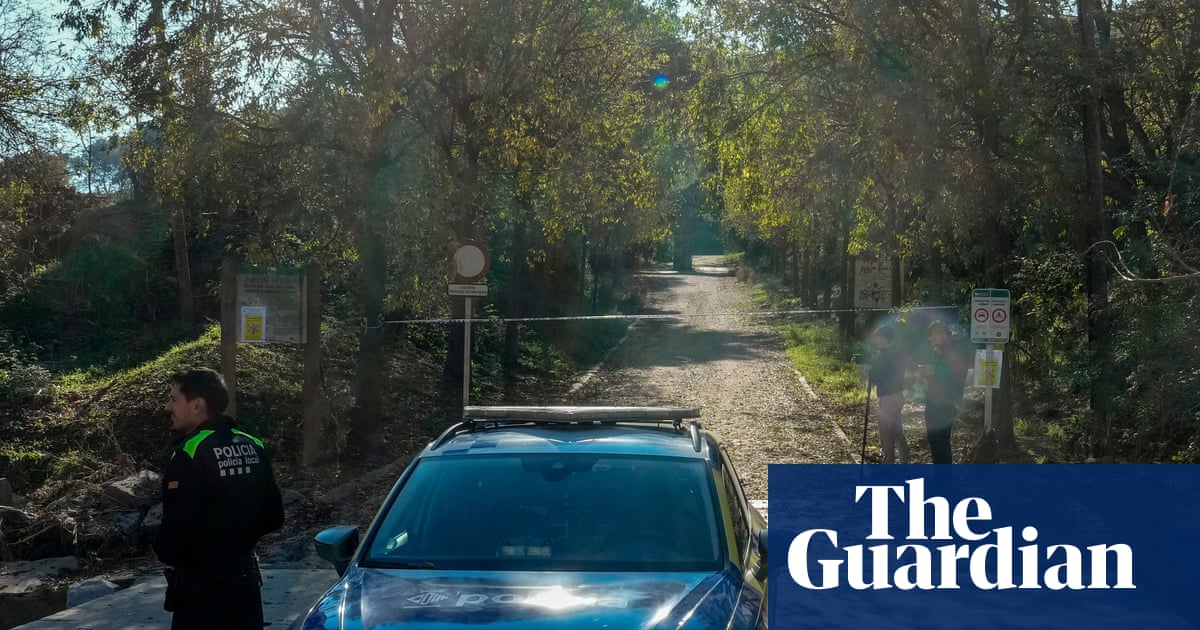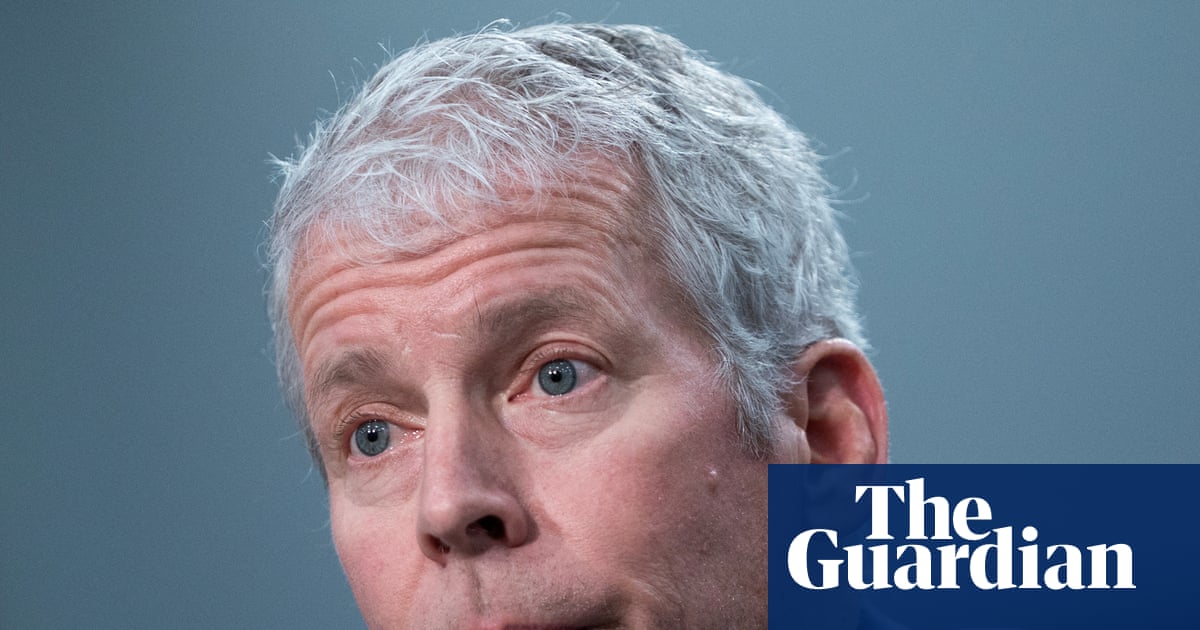Keir Starmer has joined a long line of ministers and prime ministers who have called time on Tony Blair’s ambition for half of the nation’s young people to go on to higher education.
Rishi Sunak, Gavin Williamson and now Starmer have all declared an end to Blair’s famous 1999 pledge as a policy priority, and done so on the grounds that the focus on universities has come at the expense of vocational education and training such as apprenticeships.
They all have a point. The problem is, given the structure and funding of post-school education in England at least, the alternatives to higher education are not nearly as attractive to parents or young people.
Starmer’s challenge is to change that, and his announcement at the Labour conference went further than his predecessors. He put a hard number on his version of the pledge: that two-thirds of young people would “get higher level skills, either through university, further education or a gold-standard apprenticeship by age 25”, seeing Blair’s 50% and raising it to 67%.
The critics are right that university is not always the best option, as Starmer suggested. But successive governments have tried and failed to break its grip on Britian’s psyche. Intoning that vocational education should have “parity of esteem” with academic education, or praising Germany’s fantastic apprenticeships or Switzerland’s magnificent technical colleges, has not yet done the trick.
Instead the reality for England’s colleges has been shrinking budgets, with successive governments raising funding for schools educating students up to the age of 16, but doing less for the further education colleges that Starmer described as “the Cinderella service”.
The details behind Starmer’s pledge will have to wait until the skills white paper is published, promising a “joined up post-18 education system with a unified regulator and funding model,” and new qualification-awarding powers for further education colleges, potentially upgrading them to a form of polytechnic.
One significant difference is the suggestion that the government will “ensure parity in student finance” across higher education and higher level further education. If that means tuition fees and maintenance similar to universities in England it could indeed bring FE students closer to parity.
Starmer also announced nearly £800m in extra funding for 16-19 education next year from the existing spending review, which will include 14 new “technical excellence” colleges to follow the 15 similar institutions concentrating on construction and defence that have already been announced.
College principals will be delighted by the announcements. But will it work? Starmer did not help his case by talking about “young people across the UK”, overlooking the fact that devolution means education policy and funding is the responsibility of the national administrations in Edinburgh, Belfast and Cardiff rather than Westminster alone.
Fortunately for him, that 67% target by 2040 is not far out of reach. Given that about 50% of young people already attend higher education by the age of 25, with colleges educating nearly 900,000 more up to age 25 and a further 147,000 on apprenticeship provision in colleges alone, Starmer may be well on the way to meeting his target.

 2 months ago
83
2 months ago
83

















































